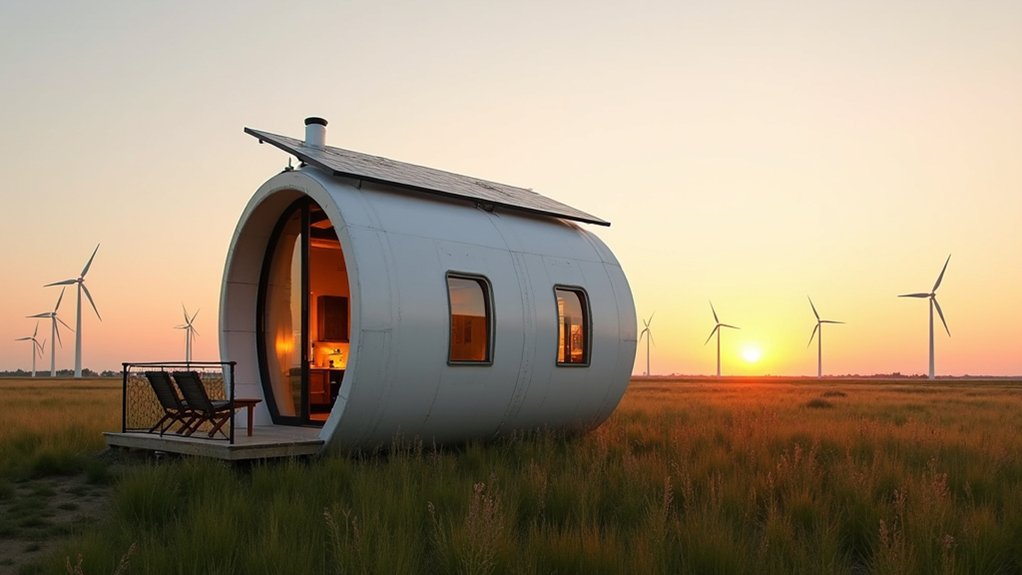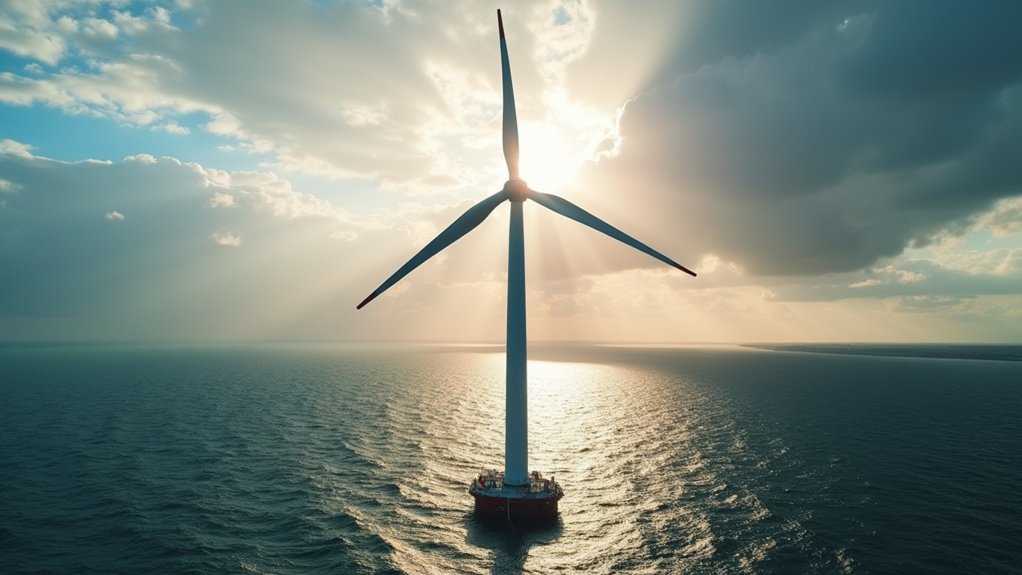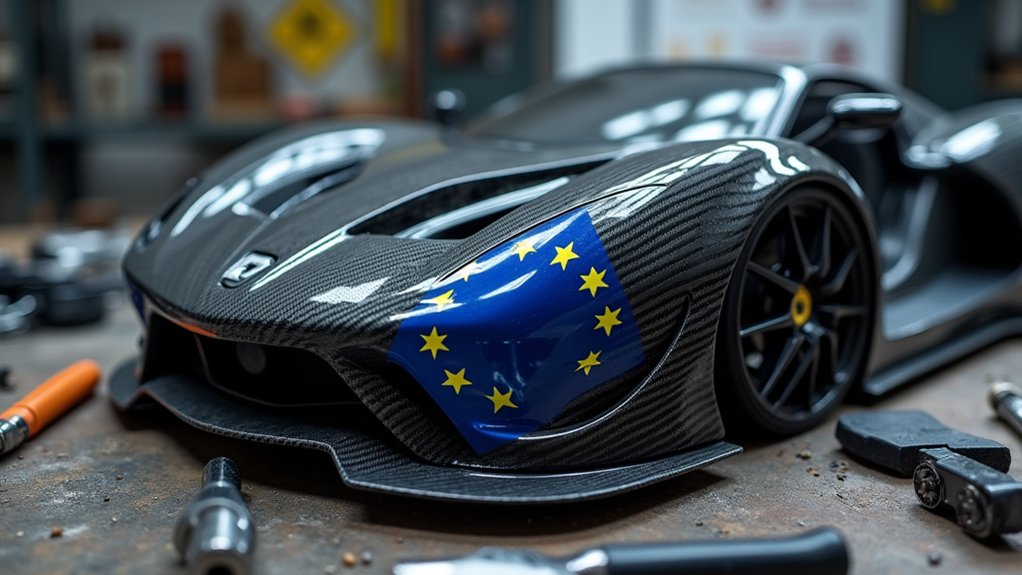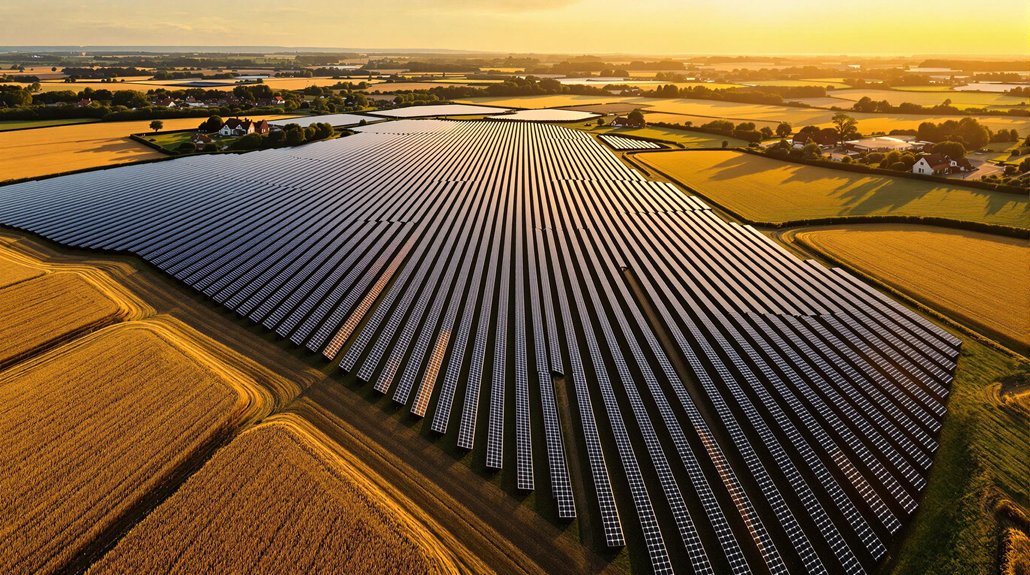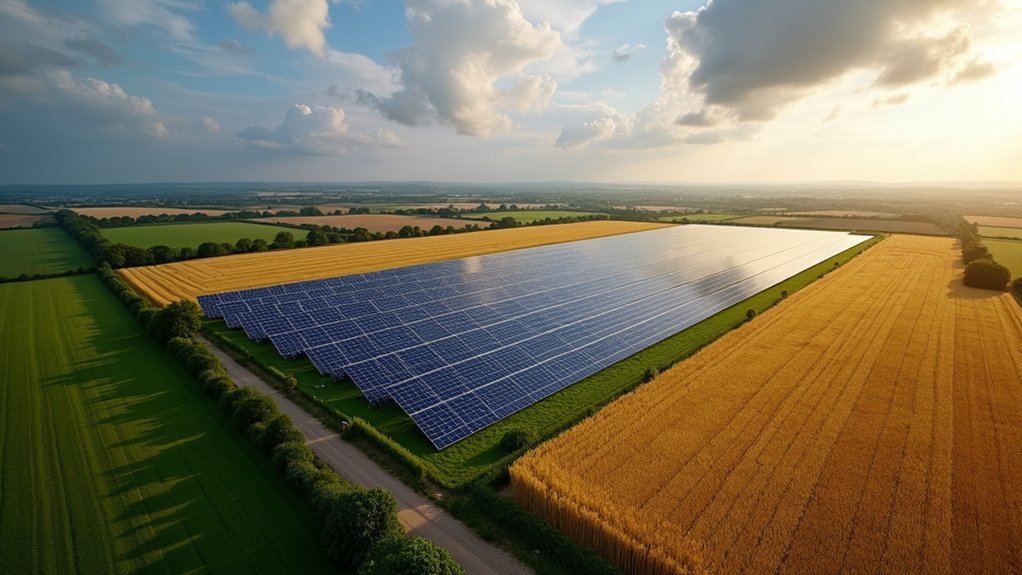While tiny houses have emerged from various unusual origins, few can match the innovative reuse demonstrated by the Austrian wind farm nacelle transformation. This groundbreaking project, a collaboration between Vattenfall and design studio Superuse, has successfully repurposed a wind turbine nacelle after two decades of service. The converted structure, originally housing electrical components and a generator in a V202 wind turbine model, now serves as a completely functional dwelling.
The nacelle measures four meters wide, ten meters long, and three meters high, providing approximately 376 square feet of living space. Its weather-resistant exterior, designed to withstand extreme conditions, retains clear elements of its industrial heritage. This robust construction offers exceptional durability, a significant advantage over conventional tiny home designs.
Compact yet spacious, the nacelle’s rugged industrial shell delivers durability that conventional tiny homes simply cannot match.
Inside, the industrial shell has been completely reimagined with a comfortable, residential layout. The space includes a functional kitchen with essential appliances, a bathroom with necessary facilities, and a living area designed for everyday use. The interior features furniture crafted from recycled wind turbine materials, including a table made from a repurposed blade. I’m particularly impressed by how the interior creates a homely atmosphere that contrasts effectively with the utilitarian exterior.
The dwelling incorporates impressive sustainability features. A heat pump provides efficient climate control, while solar panels generate electricity. The design emphasizes a fossil fuel-free future through its sustainable systems integration. Hot water comes courtesy of a solar water heater, further reducing environmental impact. These systems demonstrate practical circular economy principles in action.
This nacelle tiny house made its public debut at Dutch Design Week, showcasing a solution for the growing number of aging wind turbines worldwide. The original turbine once generated power for approximately 29,000 households before finding this second life.
Currently, the project exists as a demonstration rather than a commercial product. No information is available on production costs or retail pricing. Transportation and installation requirements remain undisclosed, though the specialized components and curved surfaces likely present unique challenges.
The nacelle conversion represents an emerging niche in sustainable living markets and provides a compelling blueprint for extending the useful life of renewable energy infrastructure components that would otherwise become waste.
